By 2050, you would be surprised to know that the demand for food will surge 70 percent in line with the rapid population growth. A UN study researched and then found that about 10 percent of the world’s population still goes hungry. These figures are alarming. Especially when environmental changes are hard to predict, we humans must turn to innovation in agriculture technology. But you should be aware of some of the agricultural innovation examples.
We have several such innovations happening today. We do not have to wait three decades to see how innovative agricultural solutions can influence our life in the future.

Here we discuss some of the innovations and technology in agriculture today. These technologies are changing how farmers transport, grow, store, and manage their produce.
Agricultural Innovation Examples – Latest Ones
Bee Vectoring Technologies
When it comes to crop production, honey bees are worth billions. These insects are vital to human survival, so there is increasing innovation in agriculture equipment in this area. They help protect bees and maximize their pollination capabilities.
Bee vectoring technologies or BVT use commercially reared bees to deliver targeted crop controls through pollination. Simply put, they replace chemical pesticides with environmentally safe crop protection systems.
The system will not require spraying water or the use of tractors. Instead, the system is a scientifically designed bumblebee hive, allowing bees to pick up a trace amount of pest control powders on their legs. In the process, it helps to spread the powder as they travel within the field. Agricultural innovation examples – one good example.
Interestingly, this innovation in agriculture technology supports – improved sustainable farming. At the same time enhances crop yields and soil quality. BVT is a modern solution suitable for most crops, which includes blueberries, apples, sunflowers, and tomatoes. Moreover, it works for farms of all sizes.
Precision Agriculture
Precision agriculture, as you know, is an agricultural resource management strategy. The strategy helps collect, process, and evaluate data and offers insights assisting farmers in optimizing and increasing soil quality, crop yield, and productivity.
Management decisions are equally important as they count on precision agriculture data points. It helps improve farmland and farm produce across several key areas. They often include resource use efficiency, sustainability, profitability, quality, and productivity.
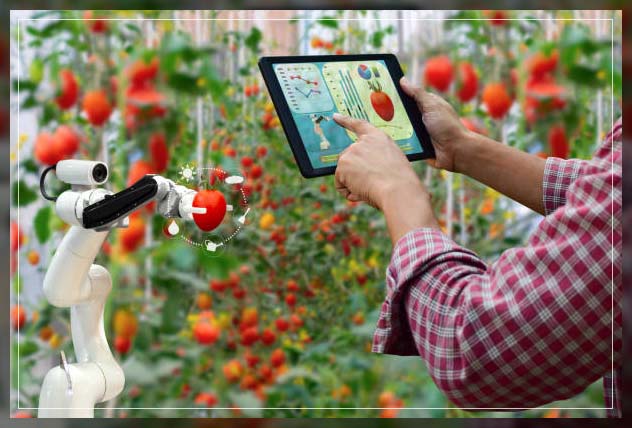
This agriculture technology innovation also uses big data that significantly aid management decisions. It enables farmers to control crop yield variables such as soil condition and moisture level. It also controls microclimates that maximize output.
In addition, the technique relies on remote sensing systems, robotics, drones, and automation that help improve crop health. It also optimizes agricultural resources, which leads to more productivity. Increasing support and efficient crop health monitoring will help drive market growth in a better way.
Indoor Vertical Farming
According to stats, the average rice yield per hectare is only between three and six tonnes. Farmers do not have to face this limitation when they use indoor vertical farming.
Indoor vertical farming often grows farm produce stacked above the other. In addition, they have a closed and controlled environment. This latest technology uses growing shelves that are mounted vertically. Which helps increase crop yield in limited spaces. You will often notice that the shelves do not require soil – either hydroponic or aeroponic.
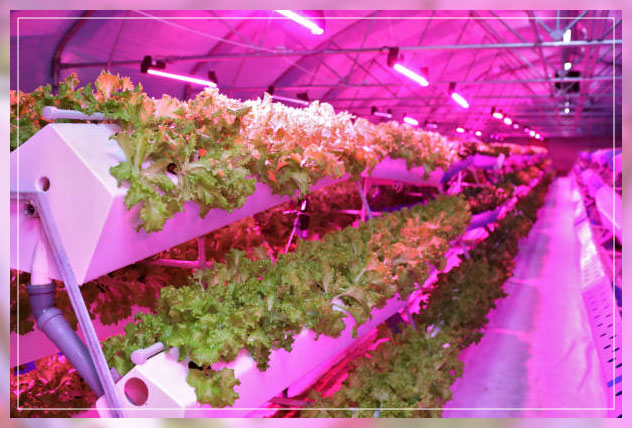
Aeroponics usually suspends the roots of the crops in the air. This technique uses emitters that intermittently spray the plants with water and nutrients. Hydroponics is a gardening practice wherein plants grow in water and nutrient solutions – one of the agricultural innovation examples.
Indoor vertical farms often enable growers to control variables such as light, water, temperature, and, sometimes, carbon dioxide levels. All these allow them to get healthier and higher yields. Other benefits of the technology include up to 70 percent less water usage. It thus conserves energy and reduces labor costs simultaneously due to using robots for planting and harvesting.
Laser Scarecrows
Pesky birds or rodents could be a menace to growing crops, especially in an open field. Farmers relied entirely on traditional scarecrows to ward off hungry invaders in the past. But today’s modern farm owners are turning to high-tech devices with motion sensors. These keep birds from pillaging healthy crops.
It has been discovered that birds are sensitive to the color green, so researchers have designed laser scarecrows that project green laser light. The light is not visible to the human eye in sunlight, but it can shoot 600 feet across a field to startle birds before they destroy crops.
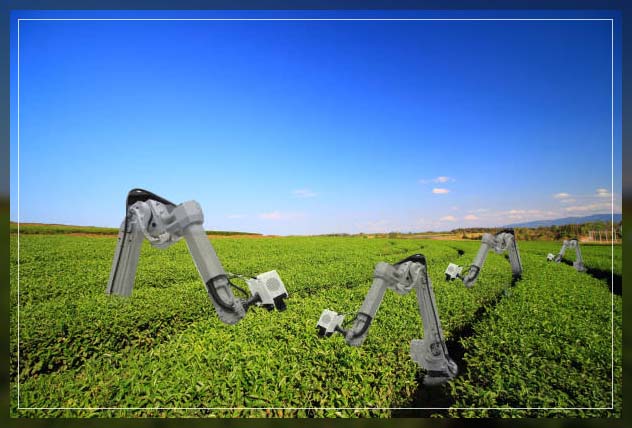
Early tests with laser scarecrows found that the devices can minimize crop damage too. It helps reduce the bird population around farmlands by up to 70 to 90 percent.
Water Management Technology
We all know that irrigation is a robust method of providing water to farms, especially in drylands that usually have insufficient rainfall, to make the farms arable. It is a crucial aspect of farming today as many farmers still irrigate their fields with wasteful water. Quite similar to what the Mesopotamians did 4,000 years ago.
Do you know that flood irrigation can easily overwater your plants without wasting over two-thirds of the water? It can positively affect their growth. Water can also carry excess fertilizers into lakes and streams that contaminate freshwater sources.
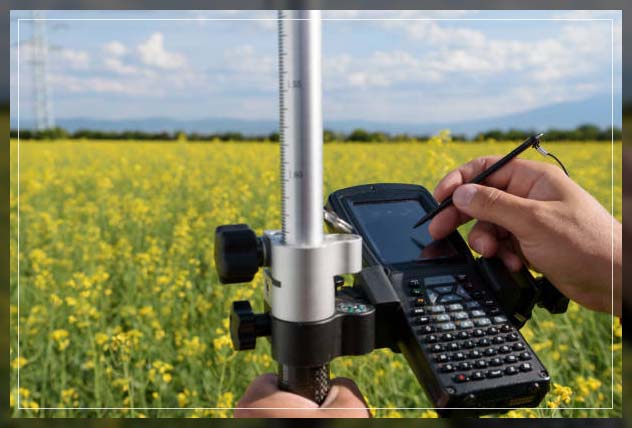
Technology and innovation in farming offer farmers more sustainable methods to provide sufficient water to plants. For instance, a micro drip irrigation system will allow water to drip to the roots of the plants slowly. It will create the right env for the crops to thrive. The technology will also reduce water usage by up to 50 percent and improve crop quality.
Farm Automation
Farm automation brings together computer systems, agricultural machinery, and computer systems. In addition, electronics, chemical sensors, and data management are also helping to improve equipment operation and decision-making. They all ultimately reduce human input and error.
This technique reduces labor time and increases yields. Moreover, the efficient use of resources can drive large-scale technology adoption. In addition, modern farmers now use automated drones, harvesters, autonomous tractors, seeding and weeding machines. All of which help transform how they cultivate their crops. The technology also takes care of small and recurring tasks, thus allowing farmers to focus on more critical tasks.
As with any field, automation can help employees save time. These advanced technologies reduce the need for people to undertake each task actively. Thanks to automation, most modern farmers now spend more time with their families than before.
Farm Management Software
It is essential to understand that many farmers today struggle to keep up with their hectic schedules. The bigger the farm, the more daunting it becomes to oversee all operations. But in this age of SaaS, there is an app for just about everything – including farm management.
Farm management software has become an integrated platform that can provide real-time data and information. This software assists farmers in tracking their daily activities. With this reporting and monitoring software, most modern farmers can improve their decision-making throughout all areas of operations.
Today you can find several enterprise resource planning solutions which allow farms to streamline their processes. Thus allowing them to enable seamless collaborations. It lets users manage procurement, finances, supply chain, and processing from a single hub. It is a known fact that innovation in agriculture technology will continue to advance as today’s internet-enabled devices become increasingly popular.
Minichromosome Technology
The growing population and demand for food – meaning farmers need to increase crop production significantly. In such a scenario, losing entire yields to pests is a significant problem, especially when the global population grows.
Genetically modified food has attracted attention recently as studies suggest it might be linked to allergic reactions. It may include harmful toxins that expose humans to health risks. Another issue is that food production may disrupt natural biodiversity or even release toxins into the soil.
To address the problem, agricultural geneticists today can apply minichromosome technology. Which enhances a plant’s traits – without altering the plant’s genes in any way. Since minichromosomes often contain small amounts of genetic material. Today you can use this technology to make plants more drought-tolerant or even resistant to pests. In the process, you would not interfere with the host’s natural development. It sounds interesting.
In short, this minichromosome technology actually allows genetic engineers to create crops requiring fewer pesticides, fertilizers, and fungicides. It also reduces the use of harmful chemicals. The technology also lets plants achieve bio-fortification, thus enhancing a plant’s nutritional content.
Final Thoughts
In this age where env concerns and climate change fears have become an all-time high, sustainable farming is a hotbed issue. Our population is ever-growing, and increasing water and land shortages pose a significant threat to the longevity of humanity. But most agriculture technology startups are busy taking action in this direction.
From advancements in farm automation to precision agriculture genetics and water management tech – it is a huge list. Innovations in agriculture technology provide safer, more innovative, and more productive farming methods.
Several bodies, together with experts and corporations, are working in this direction. Pursuing the latest trends and agricultural technologies that can transform your business and the future of our planet.
Read related articles on layers of soil, soil erosion, soil fertility, soil profile, causes of soil erosion, garden decor ideas, humus soil, and more.
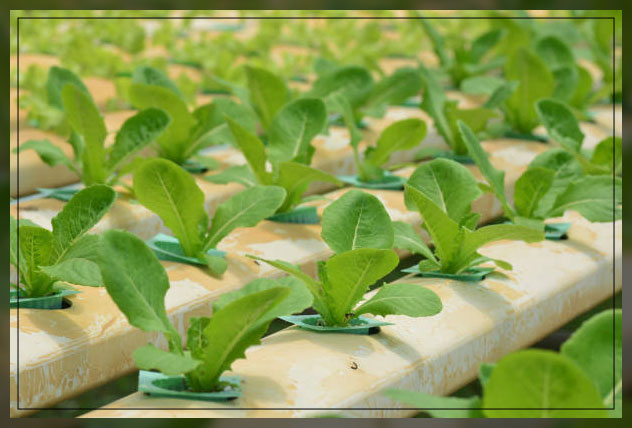





Leave a Reply